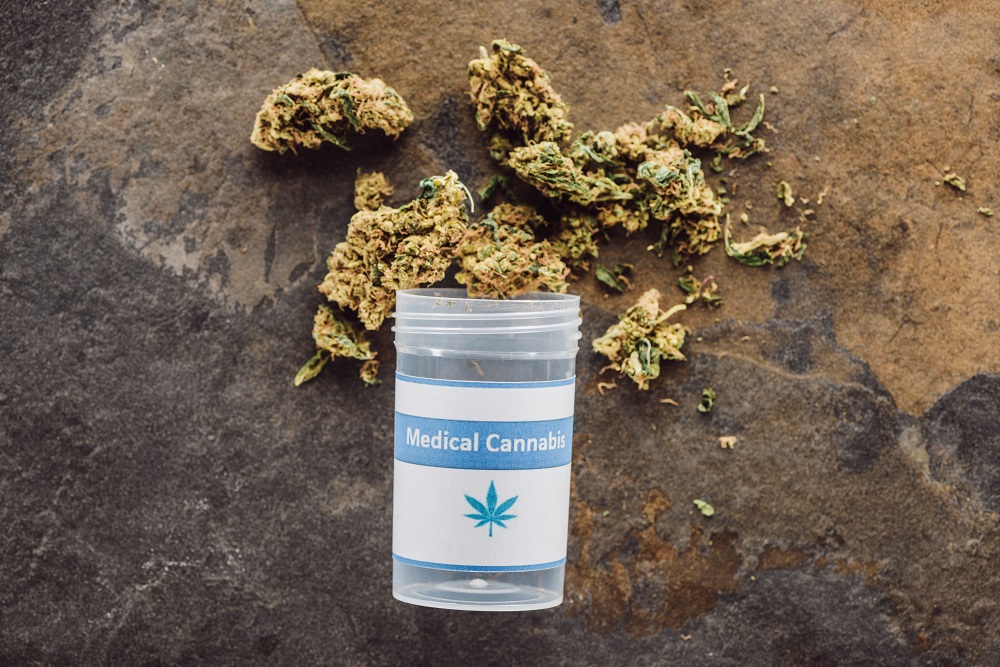
Time needed: 9 minutes.
According to many clinical studies, it can. Medical research suggests that cannabinoids can reduce inflammation, provide pain relief, and help protect nerve receptors. For both Type 1 and Type 2 Diabetics.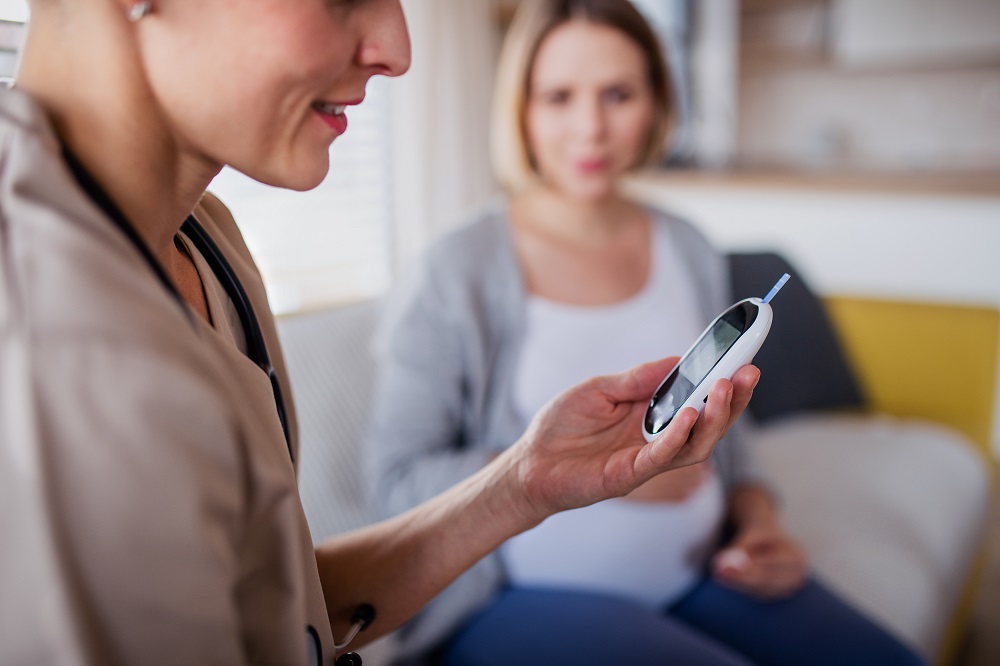
Cannabinoids ‘talk’ to the body’s endocannabinoid system better in some cases than other types of analgesics or pain relievers. And cannabis conflicts with very few medications, compared to prescription NSAIDs and opioids. 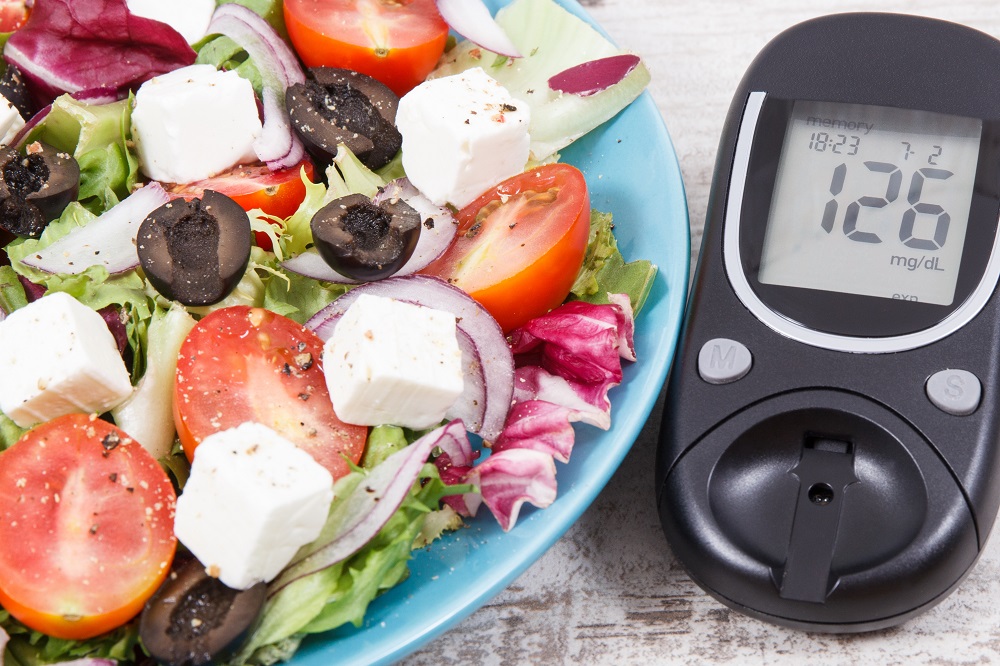
Not only is there clinical evidence that suggests medical marijuana can help reduce nerve damage in long-term hyperglycemic patients, but it may also actually help regenerate or repair nerve receptors. 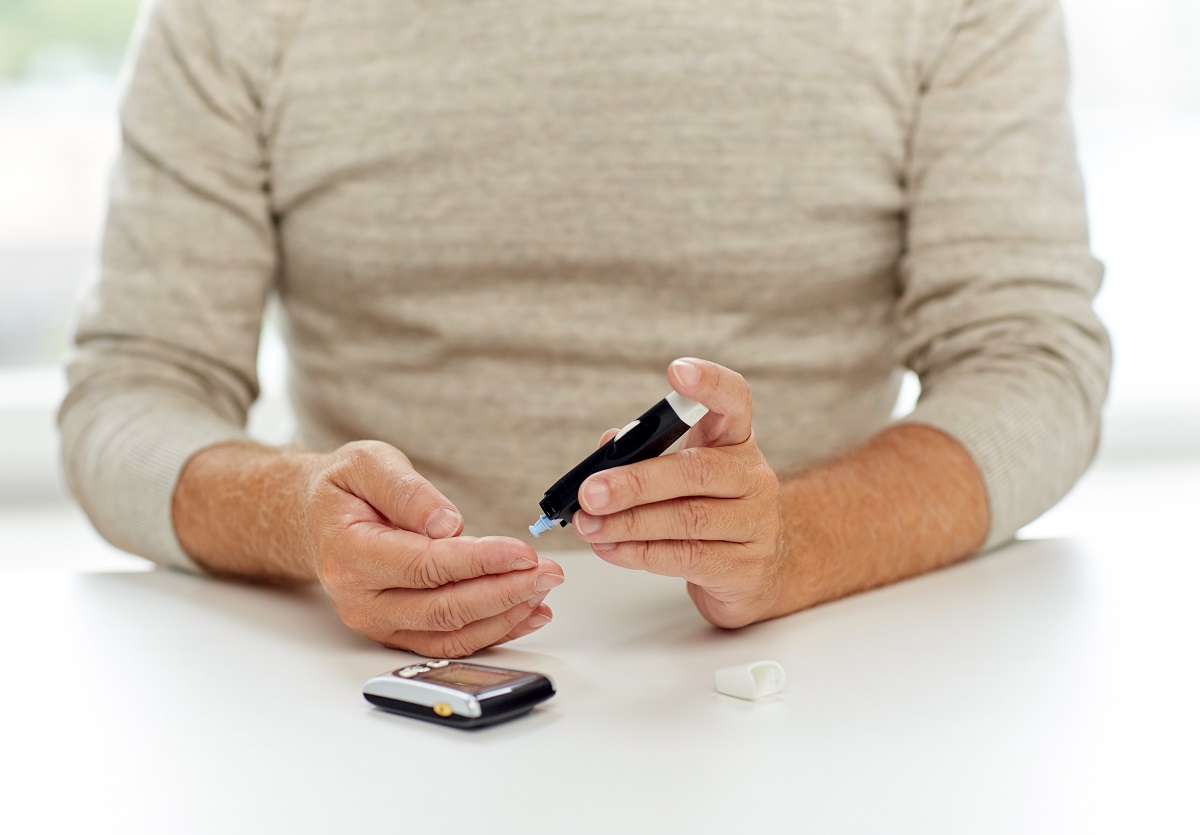
Diabetes is called “the silent killer.” Until the chronic disease advances and the patient develops complications, it is impossible to detect. You may not notice the symptoms. And what makes it even more challenging to identify, is that Type 2 diabetes can mimic other health conditions.
Some States have added diabetes to the list of qualifying health conditions. Other states may be considering it, as the number of patients with the diagnosis rises in the United States. Research into the use of cannabinoids for diabetes symptom management has indicated a positive wellness benefit for patients.
Depending on the state you live in, you may be able to get a medical marijuana card for diabetes. Some states have included it as a qualifying health condition. Other states like Louisiana have allowed doctors to determine if cannabis may be a health benefit for their patients.
If you have Type 2 diabetes, and you have thought about getting your medical marijuana card, learn why researchers believe cannabis can help. Not only to manage pain. Cannabis may also help protect and heal nerve damage caused by diabetic neuropathy.
According to the most recent data provided by the Centers for Disease Control and Prevention (CDC) in 2020, there may be approximately 34.2 million Americans who have the diagnosis of diabetes. The CDC states that 26.9 million Americans have the chronic disease. However, another 7.3 million people may not even know they have a life-threatening chronic health condition.
What is most concerning, are the number of people with pre-diabetes in the U.S. Did you know that 88 million Americans have pre-diabetes?
These patients have elevated levels of blood glucose. High blood sugar is a sign that the body is not able to produce enough insulin. While these patients do not have diabetes (yet), they are at a higher risk. Source Web 2020: CDC.gov
There are three types of diabetic conditions:
A recent study from the University of Iowa revealed that Type 2 diabetes is still the most common disorder. Of all American’s diagnosed with diabetes, 91.2% of them have Type 2. Right now, approximately 1 in 3 Americans have pre-diabetes.
Seniors that are over the age of 65 accounts for 24.2 million diagnoses nationwide.

One of the first symptoms that an individual with diabetes may notice is dry mouth and persistent thirst. Thirst is a natural trigger and defense mechanism for the body. Your body knows when blood sugar levels are getting dangerously high. Drinking water can help lower blood sugar by flushing it out.
Another common symptom of diabetes is chronic fatigue. Feeling tired is okay from time to time. But if you usually are high energy, and you are always feeling exhausted, it may be an early warning sign.
Blood cells overloaded with glucose (sugar) cannot carry oxygen efficiently. Lower oxygen levels to all parts of the body mean less energy. And without enough insulin, the body cannot convert that glucose to energy.
People who have Type 2 diabetes rarely experience low glucose, but that can also contribute to fatigue. At both ends of the scale (too high or too low), hypoglycemia and hyperglycemia can result in a diabetic coma, heart attack, stroke, nerve and tissue damage, and more.
Imagine the feeling of a million pins pricking you at the same time. The sensation of diabetic neuropathy in the body can be excruciating. Diabetic neuropathic pain can create discomfort during the day, but for many patients, it worsens at night.
Researchers think that is because lower temperatures can intensify neuropathy. It may also be due to frequent urination creating poor sleep quality; that can also increase pain perception or sensitivity.
Diabetic neuropathy is caused by nerves that have become damaged due to high levels of glucose. They “burn out” and begin firing signals throughout the body that translate to pain: long-term hyperglycemia damages endoneurial microvessels and neural tissues.
Cannabinoids are therapeutically used for patients that have other types of neuropathological pain, like Multiple Sclerosis. Some studies suggest that cannabis can cause neuroregeneration or the healing of damaged nerve cells. There are also the analgesic or pain-numbing properties of cannabis that are also beneficial for patients with diabetes.
How can medical marijuana help? “Beneficial effects of a Cannabis sativa extract treatment on diabetes-induced neuropathy and oxidative stress” was a published clinical study. It was completed by the Department of Biotechnology and Bioscience, University of Milano-Bicocca.
The study is one of the foundations for exciting new research into medical marijuana for diabetes. The University of Milan research suggested that Sativa strains of cannabis were best for hyperglycemia.
The average Sativa has more than 60 unique cannabinoids. And Sativa dominant strains are rich in phytocannabinoids. Both CB1 and CB2 cannabinoid receptors are responsible for sensory pain. In the study, cannabis elevated antioxidants, including glutathione (GSH). Antioxidants help optimize cell functioning and can help repair damaged tissue, including nerve receptors responsible for neuropathic pain.
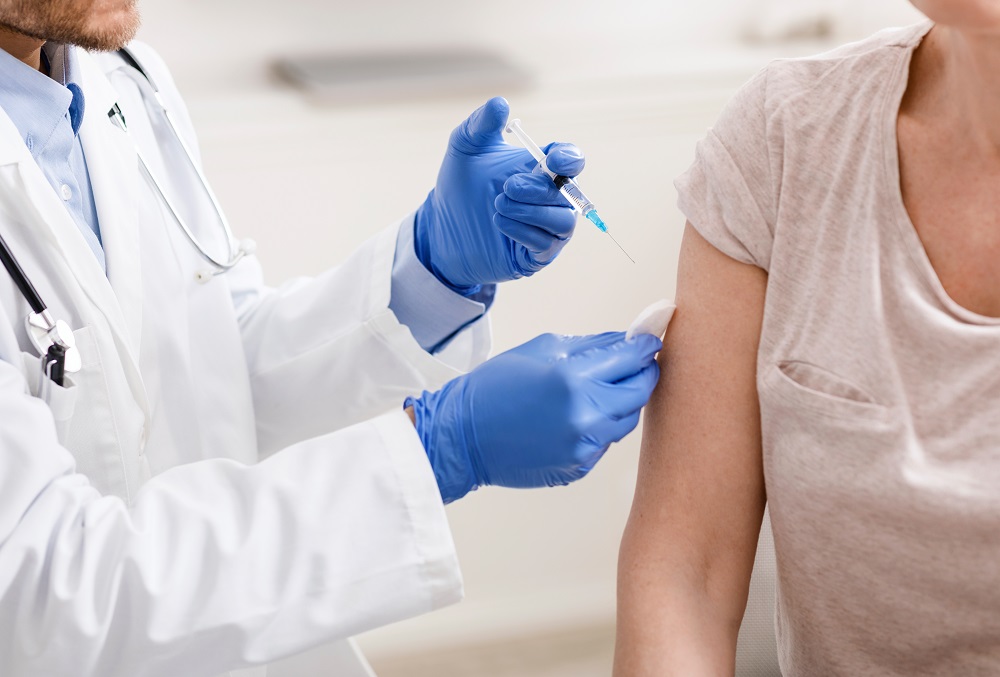
People who have Type 2 diabetes can experience problems regulating their ³mood. Hyperglycemia is when the body has too much sugar that it can’t process into energy. Hypoglycemia is when the body has not enough glucose.
Both hyperglycemia and hypoglycemia can contribute to fatigue. Tiredness can present as irritability. Patients with Type 2 diabetes that is not managed well with medications and a low carbohydrate diet can feel a range of emotions from depression to crankiness. They may also find coping with stress more difficult.
Many patients with Type 2 diabetes cope with health symptoms that can be difficult to manage. A strict low-carbohydrate diet is required to maintain glucose levels. The menu can restrict things like fruit juice, desserts, bread, potatoes, and other comfort foods.
To the patient, it can feel like they can’t eat their favorite foods anymore. The stress of complications from Type 2 diabetes is another factor that contributes to anxiety or symptoms of depression. Diabetes is a health condition that increases your risk of heart attack and stroke, certain types of cancers, kidney disease, and other problems.
It is very overwhelming for most patients. Everywhere you turn, foods are loaded in fat, calories, and carbohydrates that are dangerous to eat. There can be feelings of guilt and anger when efforts are not successful at keeping blood sugars managed.
Hypertension can increase the thickness of the walls of major arteries. When that happens, it becomes harder for the heart to push blood through to all areas of the body.
When someone has diabetes, their blood is thicker (thanks to the high level of glucose). Blood moves more slowly through veins and arteries. When that happens, more plaque is deposited by blood on the inside of every vein or artery. Over time this leads to a further narrowing of arteries.
Arterial blockages are one of the leading causes of heart attack and stroke. Low blood delivery to different areas of the body located further from the heart ( lower legs and feet) can become starved of oxygen. And more susceptible to severe infections.

A wound on the foot or leg can take a long time to heal for a person with diabetes. It can also lead to sometimes life-threatening infections because bad circulation also prevents the delivery of white blood cells (WBCs). These cells are also known as leukocytes or leucocytes, and they are the defense system against viruses and bacterial infections.
How can medical cannabis help? Certain strains of cannabis that are high in CBD levels may provide an anti-inflammatory benefit for diabetic patients. The American Society for Clinical Investigation (JCI Insight) published a 2017 medical study that supported CBD for ²hypertension treatments.
The study reported that: “acute administration of CBD reduces resting blood pressure, with a lower stroke volume and higher heart rate. This response may be secondary to the known anxiolytic properties of CBD”.
Source Web 2020: www.ncbi.nlm.nih.gov
Lower blood pressure may help people with diabetes reduce circulatory issues and the risk of infections and amputation. High CBD strains of medical cannabis may also reduce cardiovascular dangers for people with Type 2 diabetes.
Obesity is a health risk for everyone, and it can increase the potential of developing chronic diseases. For someone with diabetes, however, increased body-weight brings additional concerns and risk factors. And stress, which releases cortisol, a hormone that stimulates appetite and cravings.
The root cause of diabetes is a malfunctioning of the pancreas (the organ that produces insulin. When the pancreas cannot produce enough insulin, the body cannot regulate glucose levels.
Insulin is a hormone that detects that glucose levels are higher than they should be. When that happens, the insulin hormone sends signals to muscle and liver cells, and fat cells to uptake sugar. Or absorb it. In the liver, that extra sugar is transformed into glycogen. Once stored, glycogen can be used for energy (without significantly raising the blood sugar levels).
People who are diagnosed with diabetes are not producing enough insulin to store sugar or transform them into glycogen efficiently. That means that glucose (sugar) continues to build up in the body, in every tissue, and the bloodstream. The more sugar, the more insulin is released until the pancreas essentially “burns out.”
Sugar that cannot be ⁴metabolized (or used for energy) has to be transformed into something the body can use. When there is too much sugar or glucose, the body moves to the next best thing, storing it as fat—predominantly in the torso area, creating an “apple shape” bodyweight distribution. It is the most dangerous place to hold extra fat, as the fat cells also deposit on major organs like the liver and kidneys.
Fatty tissues on major organs comprise the healthy functioning of those organs. This is why kidney and liver diseases are also strongly correlated with Type 2 diabetes.
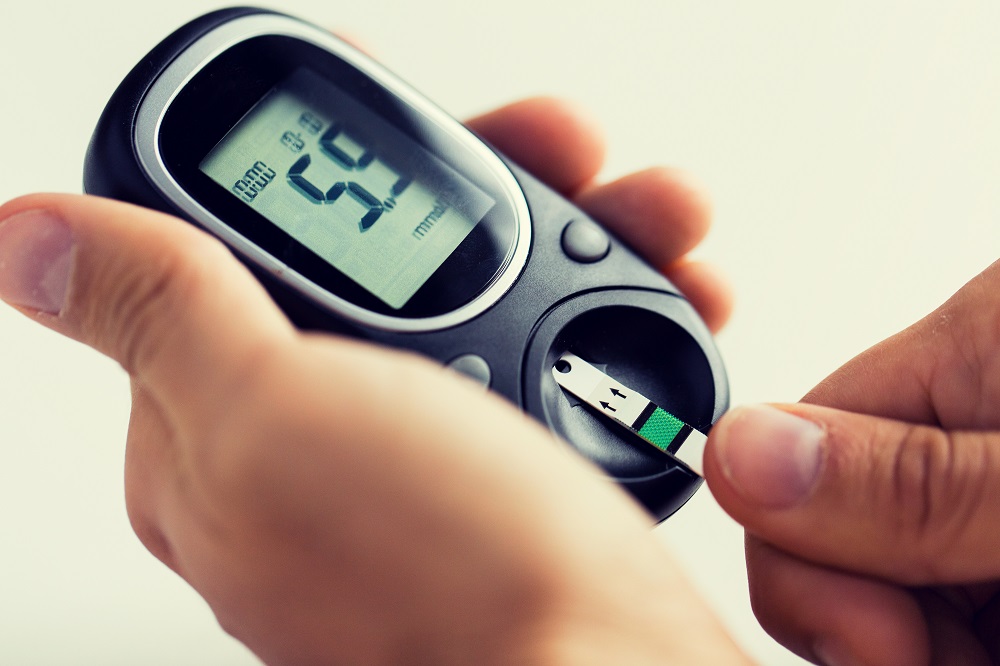
Whenever there is an objection to the use of medical marijuana for diabetes patients, synthetic cannabinoids are suggested. These are drugs that are formulated by pharmaceutical companies to be prescribed by physicians. Synthetic cannabinoids are also known as K2 or “Spice.”
Marinol is one product that is synthetic cannabis. It is prescribed for cancer patients who experience extreme nausea from chemotherapy. Marinol mimics some of the effects of a strong cannabis Sativa. It is also prescribed to individuals with AIDS, anorexia, and the FDA approves it for medical use.
Synthetic cannabis is manufactured and also called dronabinol (instead of tetrahydrocannabinol, or THC). The generic version “dronabinol” costs about $130 for a thirty-day pharmacy supply. The non-generic or brand version of Marinol can cost over $300 per month. There are other types of dronabinols, including prescription Cesamet and Epidiolex.
Some of the known side-effects for synthetic cannabis include over toxication (a higher-high than smoked cannabis). The effect can be overwhelming for the patient, and cause anxiety, hallucinations, heart palpitations, aggressive moods, brain swelling, and seizures.

If the growing volume of medical research studies about cannabis and Type 2 diabetes are correct, the healthcare solution could be high CBD grade cannabis. Every year more than 79,535 deaths occur (according to the CDC) because of diabetes. And the number may be higher, because the cause of death may include another health event or chronic condition.
What if every state legalized medical marijuana under the supervision of a trained physician for diabetic patients? What would happen if individuals with Type 2 diabetes were prescribed a Sativa natural cannabis to help prevent nerve damage and other health problems?
We may see some of that health data in a few years, from states that have added Type 2 diabetes to their qualifying list of health conditions. And possibly, a lower rate of Type 2 diagnoses and progressed chronic health complications for patients.
References
No Information on MarijuanaDoctors.Com should be used to diagnose, treat, prevent or cure any disease or condition. You can view our Full Disclaimer here.